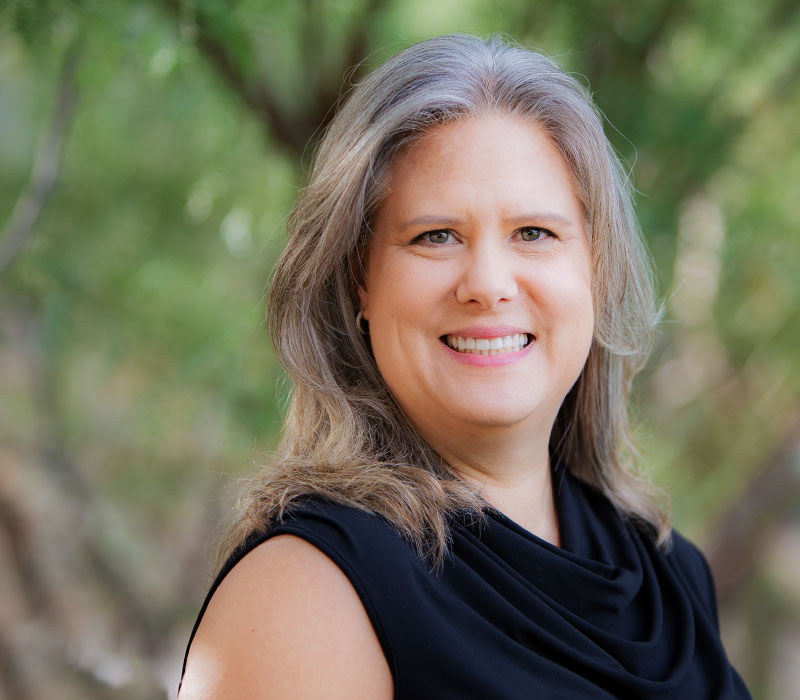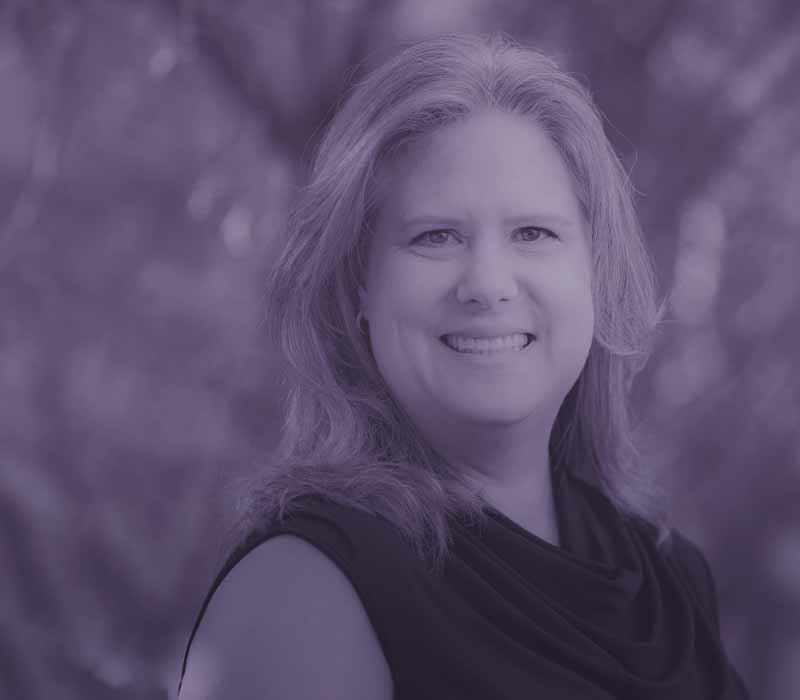As an advisor, you’re likely preaching the importance of saving for retirement to your clients. Your goal is to help them build that nest egg that sufficiently funds all of their goals in their post-career lives. It can, however, be a struggle when their priorities don’t lie with one of the biggest mountains they figure to face in the tail end of their lives, especially as saving is only half the battle and distribution exposes them to even more risk.
A recent study from Fidelity found that 27% of parents placed their children’s college as their single highest priority in saving. It comes as no surprise that parents value their children, along with their education and their future. Every parent only wants what’s best for their children. It is a bit surprising that saving for college came in ahead of retirement, which only 22% of parents ranked as their highest priority in saving.
Furthermore, less than 60% surveyed had retirement in their top three priorities. As we all know, life comes with a variety of reasons to save for both necessities and luxuries, and emergency funds, mortgage payments and credit card debt were also high on the list of priorities for savers.
Despite placing such paramount importance on saving for college, parents are less prepared now to cover the cost of their children’s education than they were in 2020. The study reported that 76% of parents have already begun saving for their children to attend college, which is up from 58% in 2007 when Fidelity first conducted the study. Despite that growth, they’re on track to cover just 27% of the estimated cost of college, a concerning figure considering parents hope to pay for around 70% of their children’s tuition. The inability to adequately save could be a product of undereducation, as 29% of parents do not know what college will cost, and 60% of parents use their best guess to estimate the total.
Additionally, market volatility and inflation are becoming major concerns. Instability in the marketplace has 81% of parents worried about how volatility will affect their savings, and nine out of every 10 parents are troubled by inflation or rising tuition costs. Still, 81% of parents believe that college is worth the cost, and 83% plan to continue contributing the same amount or more to their savings in an attempt to keep pace with rising costs.
Coming off the president canceling $10,000 in debt for qualifying students, a majority of parents project a different outlook in the future, with 54% holding the belief that college tuition will someday be free in the United States. One might think that would push parents to move that saved money into retirement accounts, but 36% said they would continue to save to cover the costs of expenses like books and housing.
So, what’s the advisor’s role when a client, and a parent, pushes back against the traditional view that retirement saving should be top of mind from the very beginning of a financial plan? We’re certainly not going to tell you that your job becomes easier, but we’re also hoping that you don’t back down from the challenge.
First, your client has goals, and as their advisor, it’s your job to do everything in your power to help them reach those goals provided that they’re realistic. You also must realize that every client is different, and their aspirations won’t always align with the previous client or some cookie-cutter model of the perfect retirement plan.
Next, saving for college is obviously important to your client in this scenario. Explain to them how important it is to save for retirement as well, covering topics like longevity risk and sequence of returns risk. Then you can offer routes that might help them fund both, which is where your expertise in your field comes in.
The two don’t have to be mutually exclusive, and your client’s ability to save for their children’s education could be dictated by their retirement plan. With all their ducks in a row, they could accomplish both goals, but it’s absolutely necessary to have a proper plan in place first.
You may want to ensure that their retirement vehicles, such as their personal IRA or their employer-sponsored retirement plan, are well-funded and receiving the attention they need. If it’s an employer-sponsored plan, clients should usually at least contribute enough to receive a full match from their employer. If it’s an IRA, maxing out contributions could be a great start toward a healthy retirement.
Once that retirement plan is in place, educate them on options they might have to save for their children to attend college. No matter the age of their children, be sure to let them know that attending a university is a team game, no matter what percentage of their children’s tuition they plan to contribute. Even if it’s 100%, their children are still the ones who attend classes and take exams, so they have every reason to invest themselves into the process.
If it’s not 100%, students have many options to contribute to their journey toward that college diploma. In addition to their own savings from early jobs, simple maintenance of grades and test scores can do wonders for scholarship opportunities, especially at in-state universities. Excellence in extracurriculars can also earn students scholarships, whether those come from universities themselves or from private organizations.
Advisors can also help clients by familiarizing themselves with current legislation. The FAFSA Simplification Act of 2020 is being phased in and will remove “Expected Family Contribution” from the application, replacing it with the “Student Aid Index.” While student and parent-owned assets like 529 plans will still be part of the calculation in determining student aid, one change that will happen for the 2024–2025 school year is that 529 plans owned by grandparents, relatives or anyone else will not have any effect on the FAFSA, nor will any cash support a student receives be included. So, grandparents can finally contribute to the cost of their grandchildren’s education without impacting financial aid eligibility, giving them numerous options.
Permanent life insurance is yet another option for families looking to help their children fund their college education, and can be purchased for a child when the cost of the insurance portion of the policy is low. Many permanent policies, like whole and universal life policies, have a cash value component that policyholders are allowed to borrow from, typically tax-free. The policyholder is, however, obligated to pay the money back while being charged interest for the borrowed amount by the insurance company, but they are, in essence, paying themselves back as they already own the cash value portion. With a properly structured policy, it may also be possible to out-earn the interest through uninterrupted, compound growth in the cash value, potentially making this an advantageous strategy for not just college, but any major life expense.
The challenges advisors face may be changing. They always have been, and as the financial landscape of the country changes, you should expect your clients’ concerns and priorities to change, as well. Nevertheless, that doesn’t mean that you can’t help them, and it doesn’t mean their goals are unrealistic. You can proceed with individually designed retirement plans, as retirement saving still sits high on the priority list of parents, but you must adapt on a client-to-client basis to account for their unique wants and needs.
FOR ADVISOR USE ONLY
This article is provided as information only. It has been researched and is believed to be accurate, but should not be relied upon for financial advice.
Sources:
Austin Maxwell graduated with a bachelor’s degree in finance from Arizona State University before joining Quantum. As a life insurance consultant, he is part of a team providing life insurance case designs and illustrations to our financial advisor partners. Learn More























